• Phenomenological description of an atomic nucleus: radius, spin, parity, electric and
• magnetic multipole moments, coupling of angular momenta, radioactive decay, multipole
• radiation.
• Hyperfine interactions and their relation with various energy scales in atoms.
• Multipole expansion of the charge-charge and current-current interaction between a nucleus
• and an electron distribution.
• Magnetic hyperfine interaction, electric quadrupole interaction, monopole and quadrupole
• shift.
• Experimental methods based on hyperfine interactions: nuclear magnetic resonance, nuclear
• quadrupole resonance, electron paramagnetic resonance, laser spectroscopy, low-
• temperature nuclear orientation, NMR on oriented nuclei, Mössbauer spectroscopy,
• perturbed angular correlation, resonant scattering of synchrotron radiation.
• Academic, industrial and analytic applications of these methods.
• Whenever possible and relevant, labs at UGent will be visited where nuclear methods are
• used.
Final competences:
1 Explaining the relations and differences between the major nuclear methods.
2 Explaining the physical background behind the major nuclear methods.
3 Being aware of which properties can and which cannot be measured by nuclear methods.
4 Grasping the relevant information from research papers that report on experiments with nuclear methods.
5 Being able to read and interpret simple experimental spectra obtained by nuclear methods.
6 Being aware of the range of applications of nuclear methods.

